
The Trip and Arrival
While not my first trip for 2020, my July visit to Crater Lake National Park sure felt like it, after staying at home since early March because of the coronavirus pandemic. If you read my previous article, you’ll know how I prepared for my visit to this park during the pandemic, and what you might expect for *your* own visit. For this article, I want to tell you what I saw and photographed (and how I photographed it) at this unique national park located in southern Oregon.
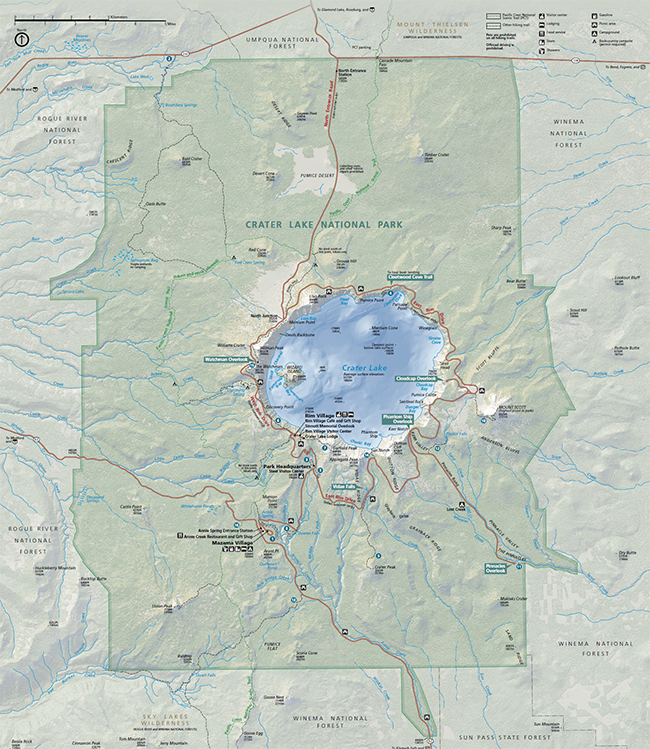
Crater Lake National Park map / National Park Service
There are two entrances to Crater Lake. I arrived via the North Entrance station, where I drove across an area of the park known as Pumice Desert. It’s a desolate dry meadow designated as a Research Natural Area, dotted here and there with trees and patches of low-growing wildflowers. Stop at the pullout to the right and take in that broad expanse of pumice and dust. To read more about Pumice Desert, click here.
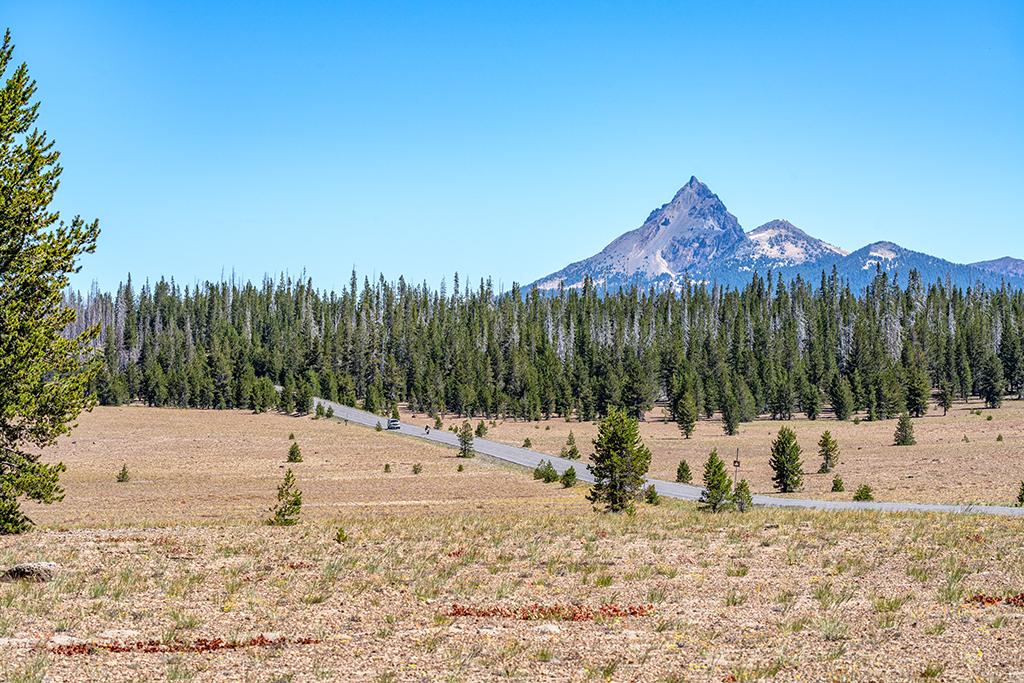
Driving across Pumice Desert, Crater Lake National Park / Rebecca Latson
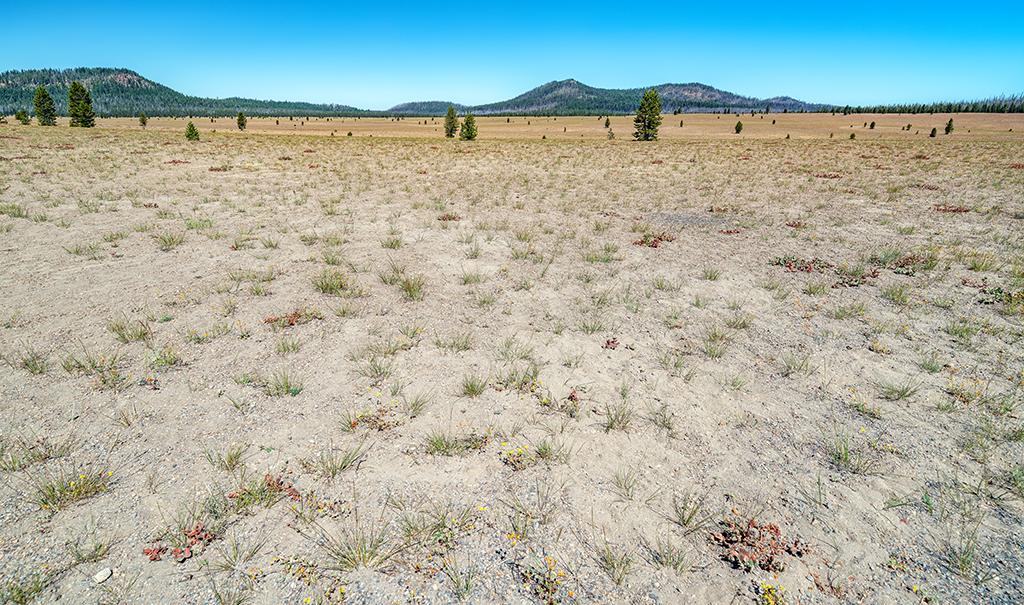
The broad expanse of Pumice Desert, Crater Lake National Park / Rebecca Latson
Nine miles south of the North Entrance is the very first scenic overlook of Crater Lake I encountered. I saw crowds of people standing close together and the parking lot looked full, so I opted to bypass that first vista and continue my circumnavigation of the crater via East Rim Drive. Along the route, I stopped to photograph the view looking back toward Pumice Desert.
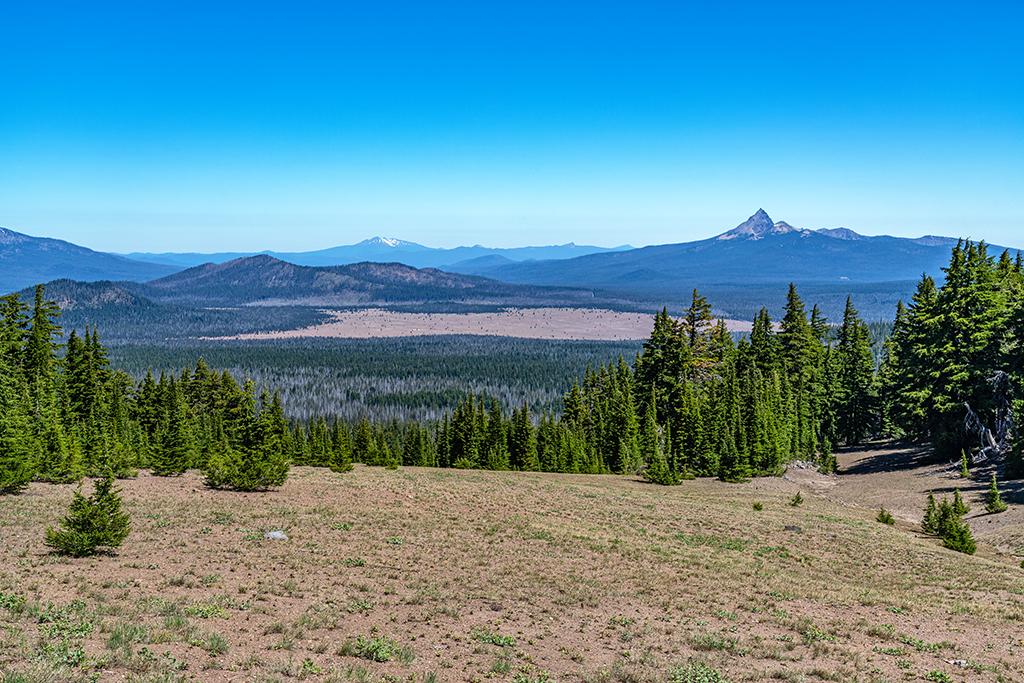
Looking back down to Pumice Desert, Crater Lake National Park / Rebecca Latson
According to the NPS, Crater Lake has 30 rim overlooks around the 33-mile Rim Drive. Only the most popular overlooks are named on the park map: The Watchman, Cloudcap, and Phantom Ship. During the summer, if you arrive around midday (like I did) anytime between 10:00 a.m. and 2:00 p.m., the light will be harsh and flat (actually, a summer haze develops any time after 9:00 a.m.). Of course, you still want to photograph what you see.

That first view of the lake, Crater Lake National Park / Rebecca Latson
I’m an SLR user, so the two things that helped me mitigate that haze were a circular polarizer (CPL) and the Dehaze slider in Adobe Lightroom. For smartphone users, there are all sorts of editing apps that simulate a CPL, enhance the structure of the landscape, and eliminate some of that haze. Higher-end point-and-shoot cameras have threads on the front of their lenses onto which you can attach a CPL. Less expensive point-and-shoot cameras don’t have that option, although they will probably provide you with a number of different exposure modes, from shooting in bright light, to shade, to night.
You can also add interest and depth to the scene by including such things as flowers in your foreground, utilizing trees as natural frames, and focusing on a familiar landmark, like Wizard Island. If you are lucky, the lake water will be still enough for great reflections. FYI, from my own personal experience while there, early mornings and late evenings do not guarantee mirror-smooth lake water.

Blue water, blue sky, and natural frames, Crater Lake National Park / Rebecca Latson

A lake view, Crater Lake National Park / Rebecca Latson

Crater Lake
We all want to get a shot of the entirety of Crater Lake, from one side to the other. An ultra-wide-angle lens (11-24mm or 12-24mm) on an SLR can capture just about all that circumference, as will the widest-angle setting on your smartphone. Multiple shots “stitched” together with your photo editing software for a panoramic composition are another option for capturing the width and breadth of the lake. In truth, any wide-angle lens will do a good job of getting *most* of Crater Lake in a single shot. Many of the overlooks around the rim only show a portion of the lake, anyway, so by including something familiar, like Phantom Ship or Wizard Island, your viewers won’t need to see the entire lake to know they are looking at Crater Lake.

Crater Lake vista, Crater Lake National Park / Rebecca Latson
Wherever you are within the park, make note of the shadows during different parts of the day. When I hiked up to Watchman Peak summit in late afternoon, I realized my own shadow got in the way of many of my ultra-wide-angle compositions. I tried some creative positioning of myself, but still ended up with shadows. I recommend a morning rather than afternoon hike up to the summit to prevent those intrusive selfie shadows.

An unintended selfie shadow at Watchman Peak summit, Crater Lake National Park / Rebecca Latson
Beyond the Crater Rim
While the actual lake and caldera rim are the stars of the show at Crater Lake National Park, there is more to see and photograph. Turn away from the rim to view Mounts Thielsen and Bailey as well as ancient tree-carpeted cinder cones. Mornings might provide interesting low-hanging clouds or fog in the valleys.

The view on the other side of the crater rim, Crater Lake National Park / Rebecca Latson
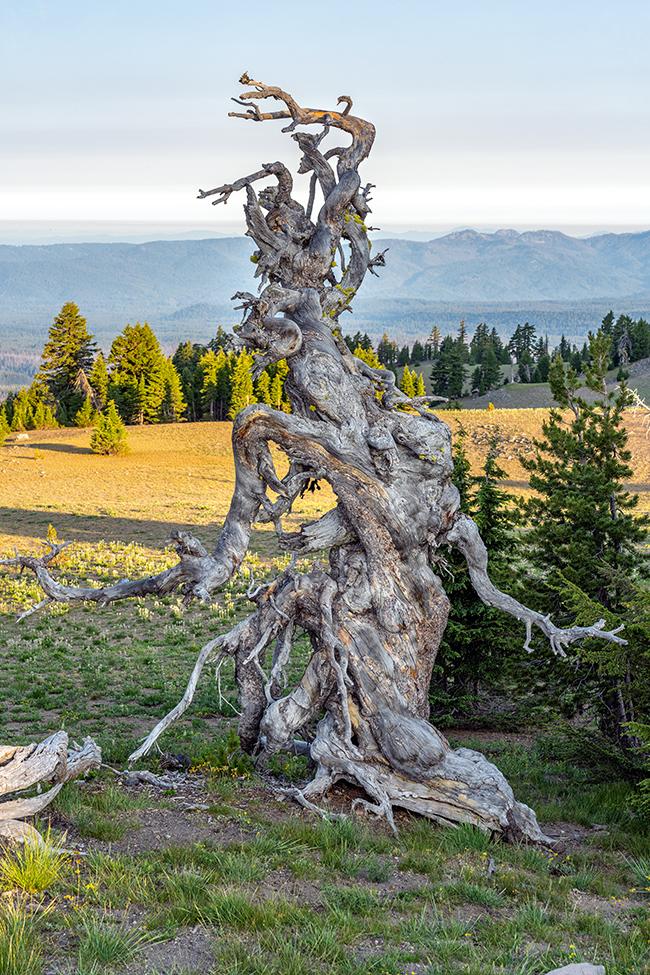
A twisted wood sculpture, Crater Lake National Park / Rebecca Latson

I spy with my little eye: a marmot! Crater Lake National Park / Rebecca Latson
Zero in on interesting geological textures, colors and patterns such as those around Pumice Castle.

The scenery around Pumice Castle, Crater Lake National Park / Rebecca Latson
Capture leading line shots of the trails you hike, like Sun Notch Trail.

Hiking along the Sun Notch Trail, Crater Lake National Park / Rebecca Latson
While visiting Cloudcap Overlook, take time to inspect the twisted, bent whitebark pines, hardy survivors of a harsh environment.

The trail through the whitebark pines at Cloudcap, Crater Lake National Park / Rebecca Latson
If you’ve taken the time to hike the .5-mile trail to the summit of Watchman Peak, then capture images of things you see at the summit in addition to Crater Lake. You’ll marvel at how tiny the cars appear at Watchman Overlook, where you started your hike.

A view from Watchman Peak summit, Crater Lake National Park / Rebecca Latson
A Little Extra Advice
In my previous article, I listed the lenses and other camera gear I brought along. Here, though, are some helpful non-camera tips from my own experience for traveling to Crater Lake during the summer:
- Take insect repellent. A breeze usually keeps the mosquitoes at bay, but shady spots and/or no wind mean hordes of bloodsuckers descending upon the unprepared. I sprayed on an insect repellent with 20% picaridin prior to heading out in the mornings and evenings, when mosquitoes are the most bothersome. Anything with DEET works just as well.
- If you are hiking the trails, think about wearing clothing that’s been sprayed with permethrin prior to your trip to ward off ticks. You can spray it on tents, too.
- Pack along Benadryl or other allergy meds. It was bone-dry during my July visit. Hikers and vehicles kicked up volcanic dirt and dust, creating an allergy Red Alert. Thankfully, I’d brought Benadryl and Sudafed with me to alleviate an otherwise miserable day I might have spent in allergy hell.
- It goes without saying, bring plenty of water and salty snacks. Why on earth would you bring salty snacks with you? Summer at Crater Lake means you’ll be sweating out your body’s salt. If you drink too much water on top of that, you further dilute the sodium remaining in your blood which causes all sorts of problems. If you’ve ever read Andrea Lankford’s “Ranger Confidential,” then you’ll understand what I’m saying here (btw, definitely read this book).
- Don’t forget the sunscreen. The higher the elevation, the less there is of the earth’s atmosphere to help block UV rays.
- Wear sturdy shoes, preferably hiking boots or hiking shoes. I can’t tell you the number of people I saw wearing flipflops or sandals. I even passed one woman starting out on the Watchman summit trail, wearing what could only be described as shower sandals. It’s one thing if all you plan on doing is getting out of the car long enough to snap a shot of the scene at each crater rim overlook, but it’s another to be hiking along one of the trails around there, particularly a dry, dusty, often uneven trail.
- Pack out what you pack in. I brought along my own trash bags for my refuse as well as stuff I picked up along the trail. There’s a new kind of trash out there nowadays: discarded face masks.
- Speaking of face masks, bring one or two along if for no other reason than you won’t be able to enter park buildings without one. Besides, you’ll be protecting yourself and others by wearing a face mask at a crowded overlook or along a narrow trail where social distancing is not possible.
- Keep your vehicle gassed up. There is only one place to get gasoline within the park and that’s at the 2 self-serve pumps in Mazama Village, 7 miles south of Rim Village. Sometimes, they run out – like they did during my stay - and it might be a day before the empty pumps are filled.
In addition to knowing what to expect and how to safely prepare yourself while helping others stay safe, you now know what you might see and how to capture those sights to impress your viewers and remind you of the wonderful time you spent during your Great Outdoors stay at Crater Lake National Park.

Early morning at Crater Lake National Park / Rebecca Latson


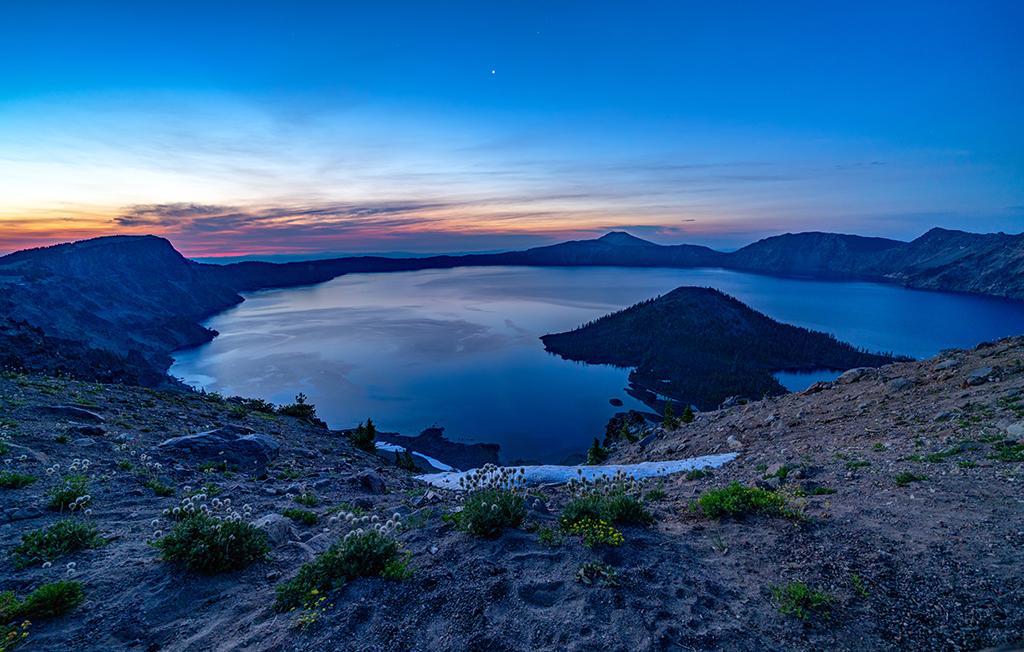


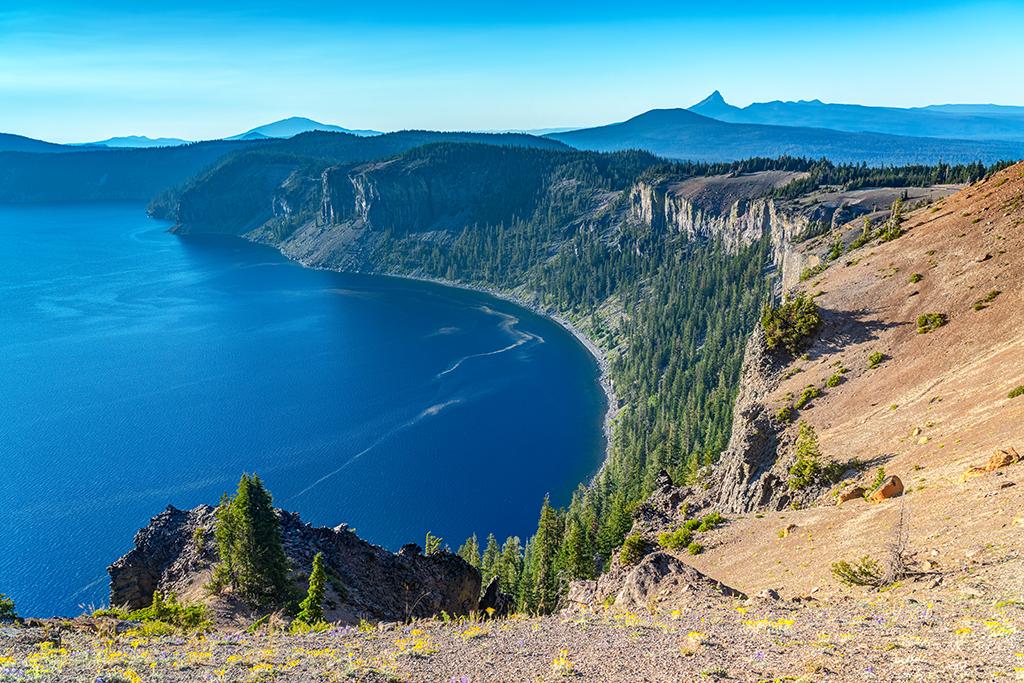

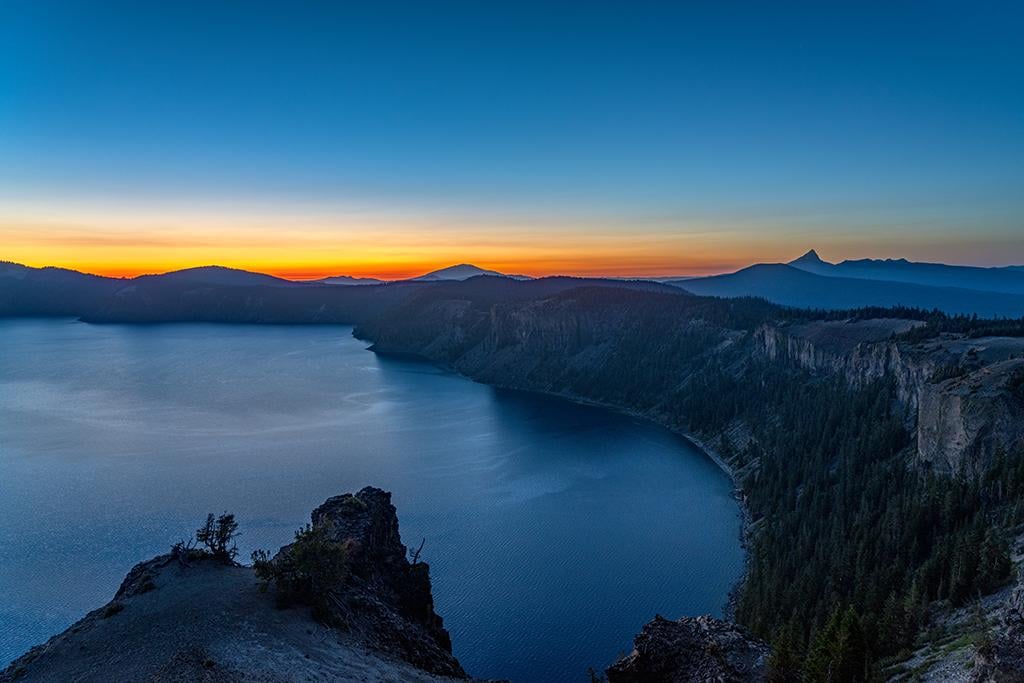
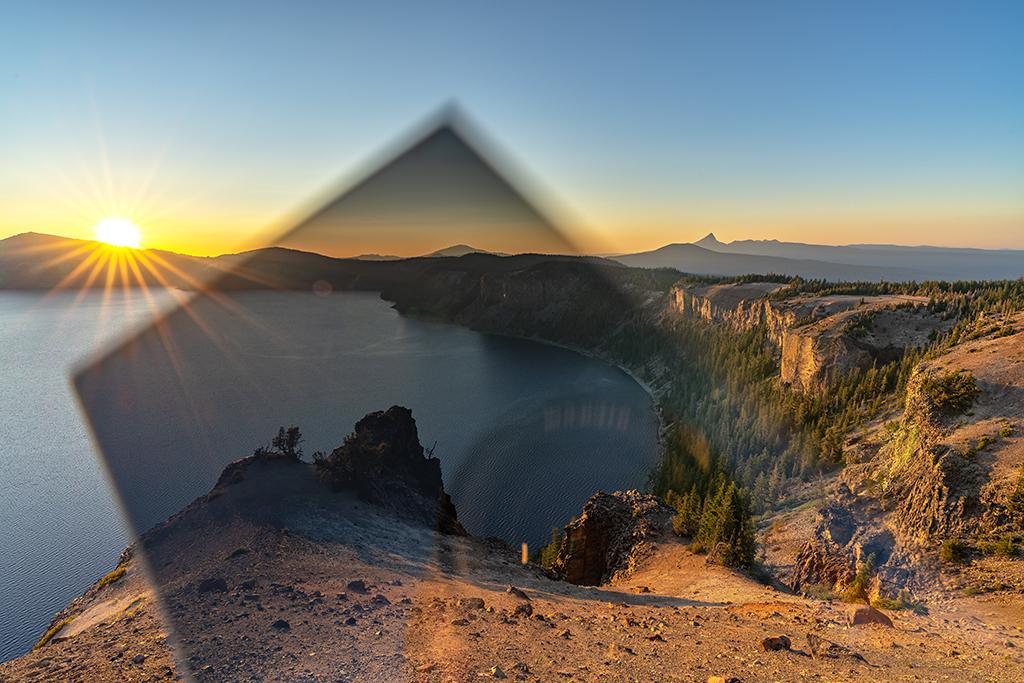





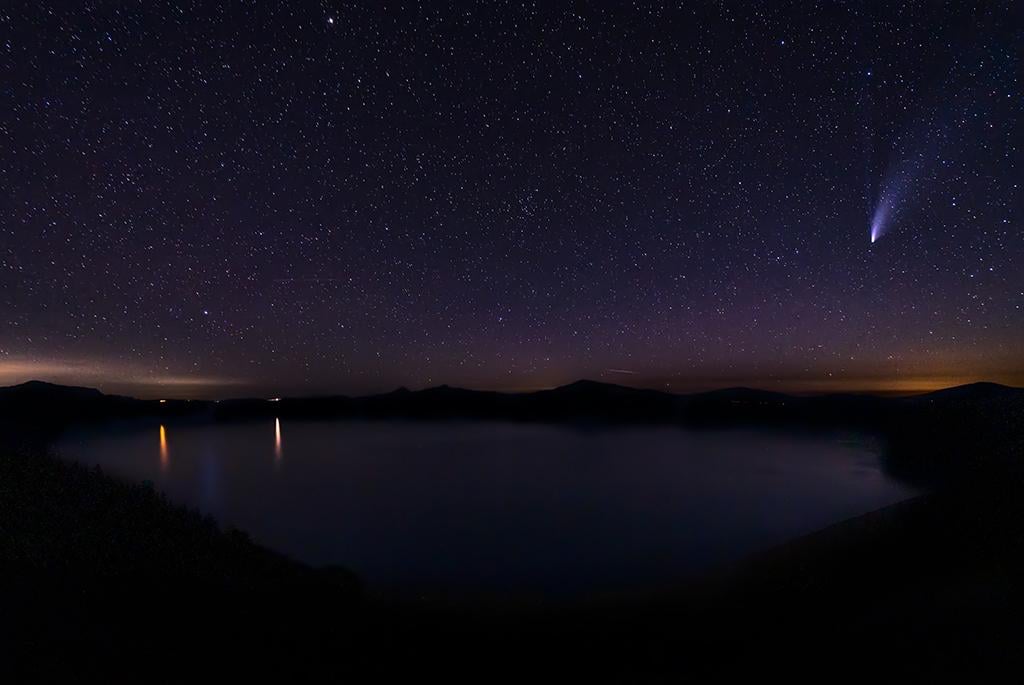







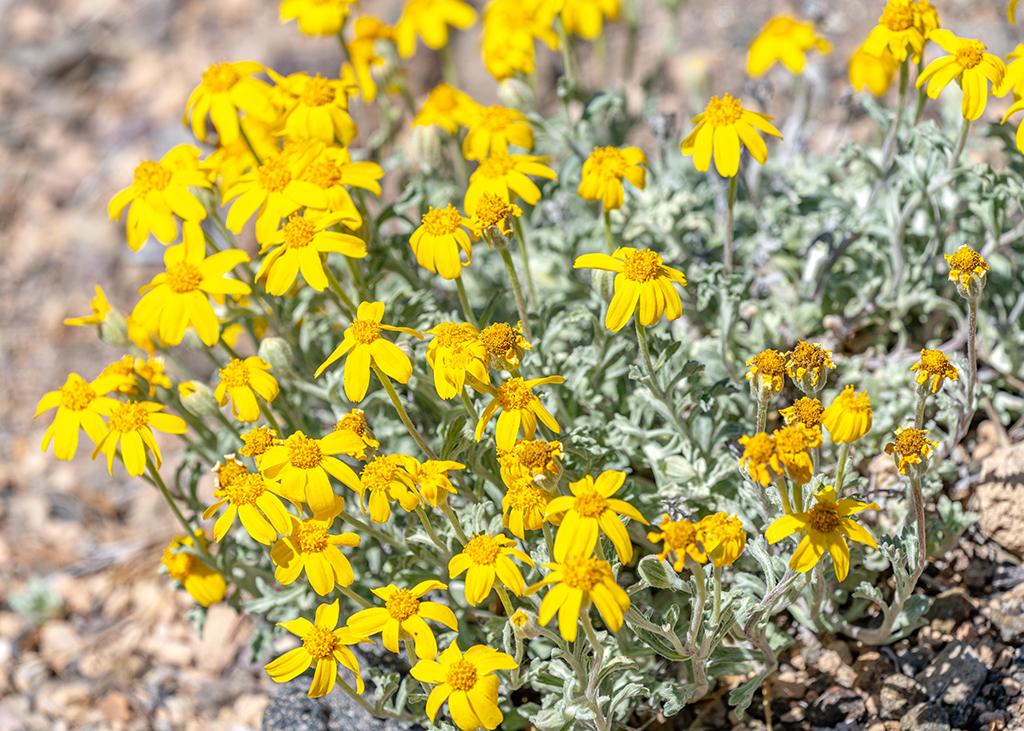

Comments
Magnificent work- she has really captured the essence. Great writing as well. Well done
Excellent! Especially liked the shots of Neowise over the lake and Wizard Island framed through by trees. Bookmarking this article to help plan a future trip. Thanks for all of the great shots and tips!
Nice shot of Neowise over the lake. Since we live in Eugene, Oregon, our family visits Crater Lake every summer. We visited the park this year in the third week of June and camped for a couple of nights at Mazama Campground. The rim road was not yet open including the section out to the Cleawox trail down to the lake itself. While I am sympathetic to the financial issues facing the Park Service, the rim road should be opened sooner rather than waiting for so long. On the south side of the lake, the road could have been opened because there was no snow on the road. There was so little area open in the park that it forces people into the same small area rather than spreading out the crowds by having more space available.
Thanks for these marvelous photos and your awesome insights!
Crater Lake has always been one of my favorite Parks!
Did you get a chance to eat some pie at Beckie's??
Hi Ranger R - thanks for the kind words. I just didn't feel good about eating out anywhere - even if it was eating outside - and thus brought all my own food with me. That consisted mainly of stuff with which to make sandwiches (Spam, Vienna sausage, Deviled Chicken), Maruchan Cup of Noodles, and freeze-dried food I could reconstitute with boiling water. Until this pandemic is well in hand, that's how all my travel eating will be: from my own stash.
You are a most talented photographer. Your advice was an excellent combination of artistic and technical info. Sitting in cold NJ it was a pleasure to "escape". Thanks again.
As I begin my research for a trip to Crater Lake ,with the goal of photographing the Milky Way, I ran across your excellent article and high quality images . Thanks too for the practical advice.